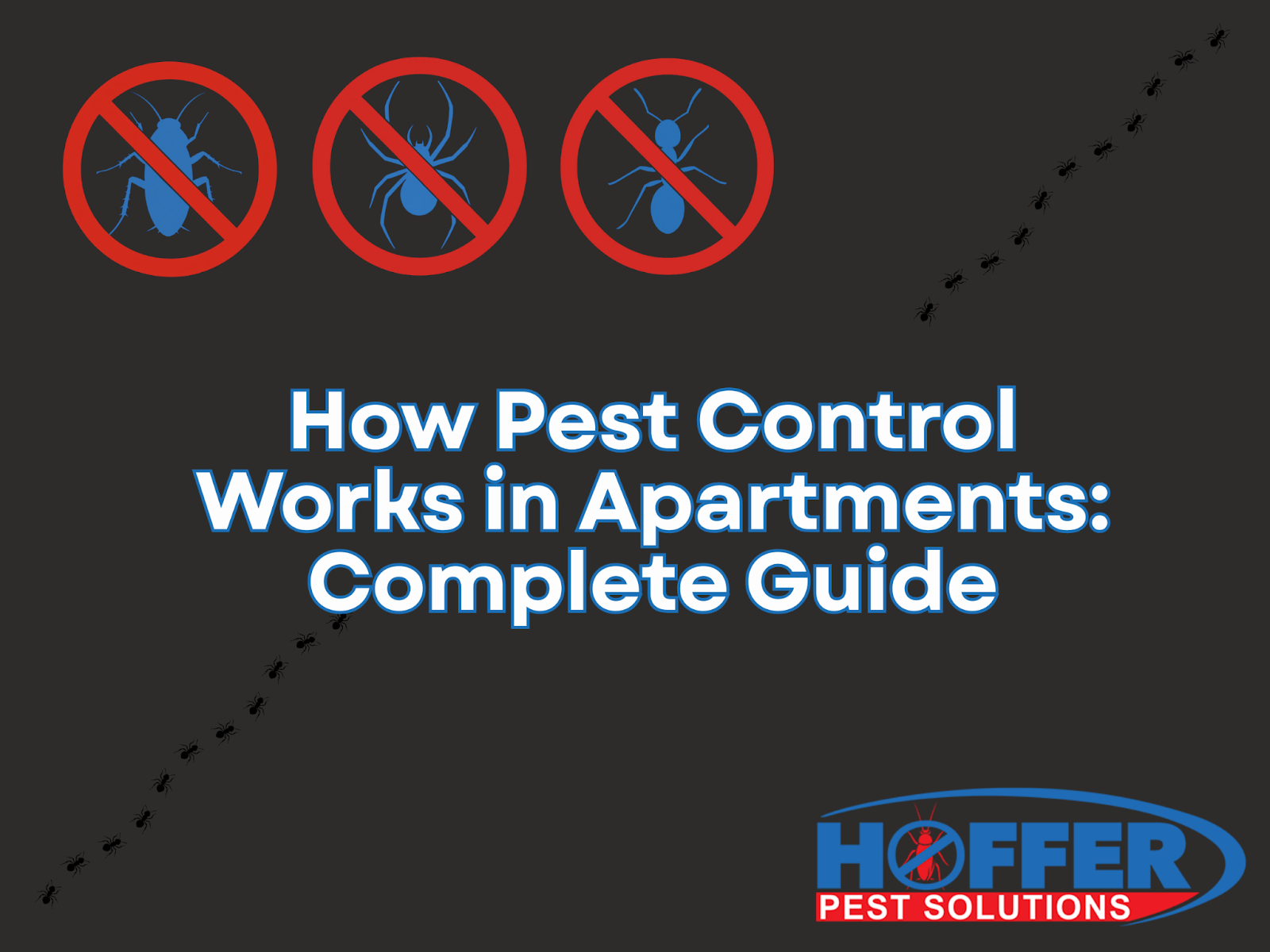Pest control in apartments uses inspections, targeted sprays, baits, and exclusion methods to stop pests from spreading through shared walls and plumbing. Technicians treat baseboards, cracks, and entry points, while tenant cooperation with cleaning and food storage ensures lasting results.
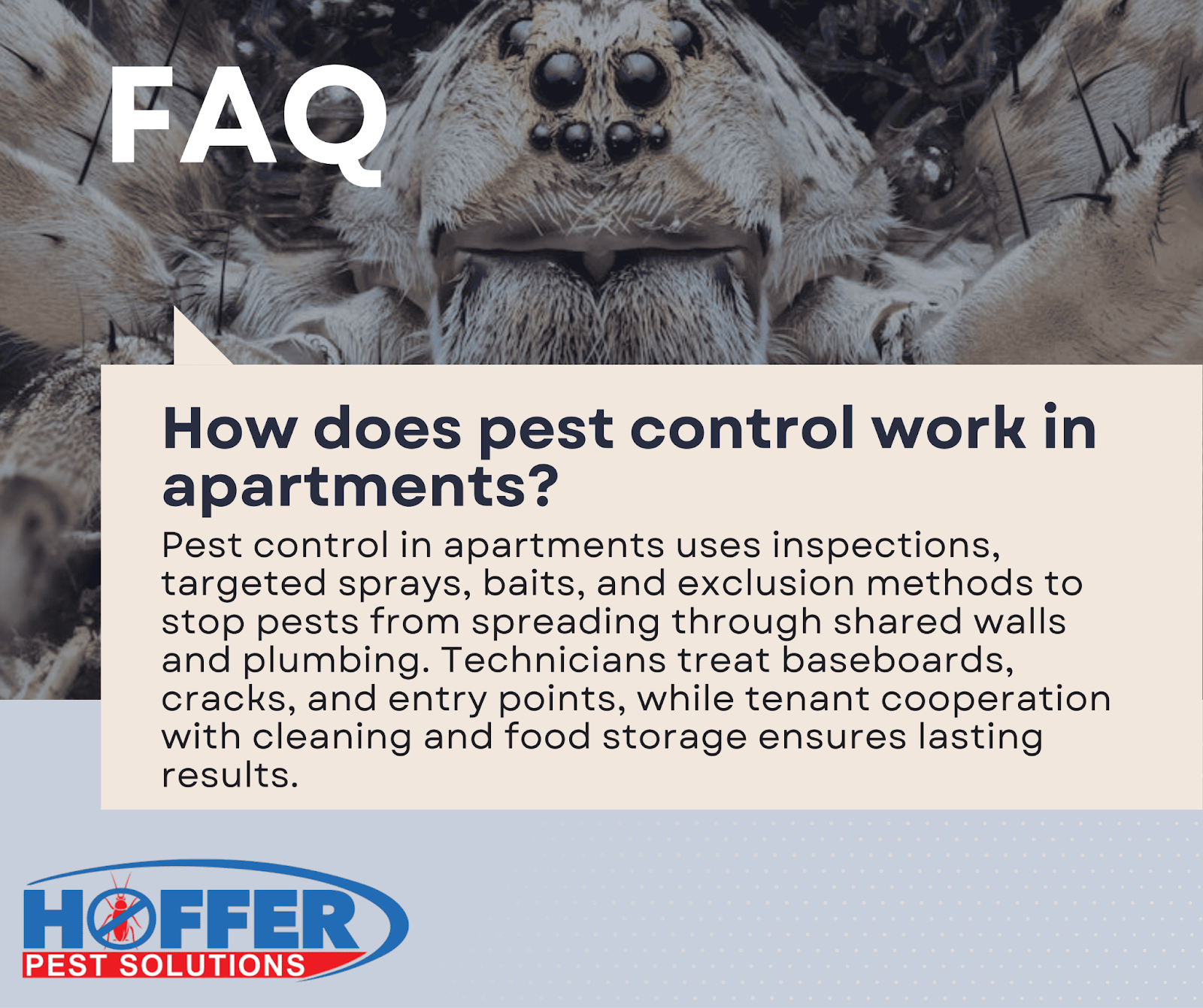
If you’re living in a Florida apartment, chances are you’ve already seen ants in the kitchen, roaches near plumbing lines, or even rodents sneaking in through gaps. Because apartments share walls, vents, and pipes, infestations spread faster than in single-family homes, and they require a coordinated approach to stop.
Hoffer Pest Solutions has helped South Florida residents protect their apartments for over 40 years. Our licensed technicians inspect, identify the source, and apply safe, targeted solutions that keep pests from coming back.
If you’re curious about what actually happens during an apartment treatment, or wondering what’s expected of you as a tenant, this guide breaks it all down step by step. Keep reading to see how pest control works in practice, why cooperation matters, and why working with a trusted local team makes all the difference.
The Basics of Apartment Pest Control
When we service an apartment, the process always begins with an inspection. Our technicians look beneath sinks, behind refrigerators, and inside cabinets where pests leave droppings, shed skins, or chew marks. These signs help us identify the source of the problem before treatment begins.
Once inspected, we target the areas pests frequent most, baseboards, doorways, cracks around cabinets, and plumbing entry points. Spraying along baseboards creates a protective barrier while sealing gaps cuts off common pest pathways. In addition to spraying, we often set baits or traps for ants, cockroaches, or rodents. These allow pests to carry treatment back to nests, addressing the infestation at its source.
For treatments to be effective, tenant cooperation is key. Food should be sealed, trash removed regularly, and clutter reduced so we can access the spaces pests hide. While the process itself is quick, often only 15 to 20 minutes, follow-up visits may be needed depending on the severity of the infestation.
What to Expect During an Apartment Inspection
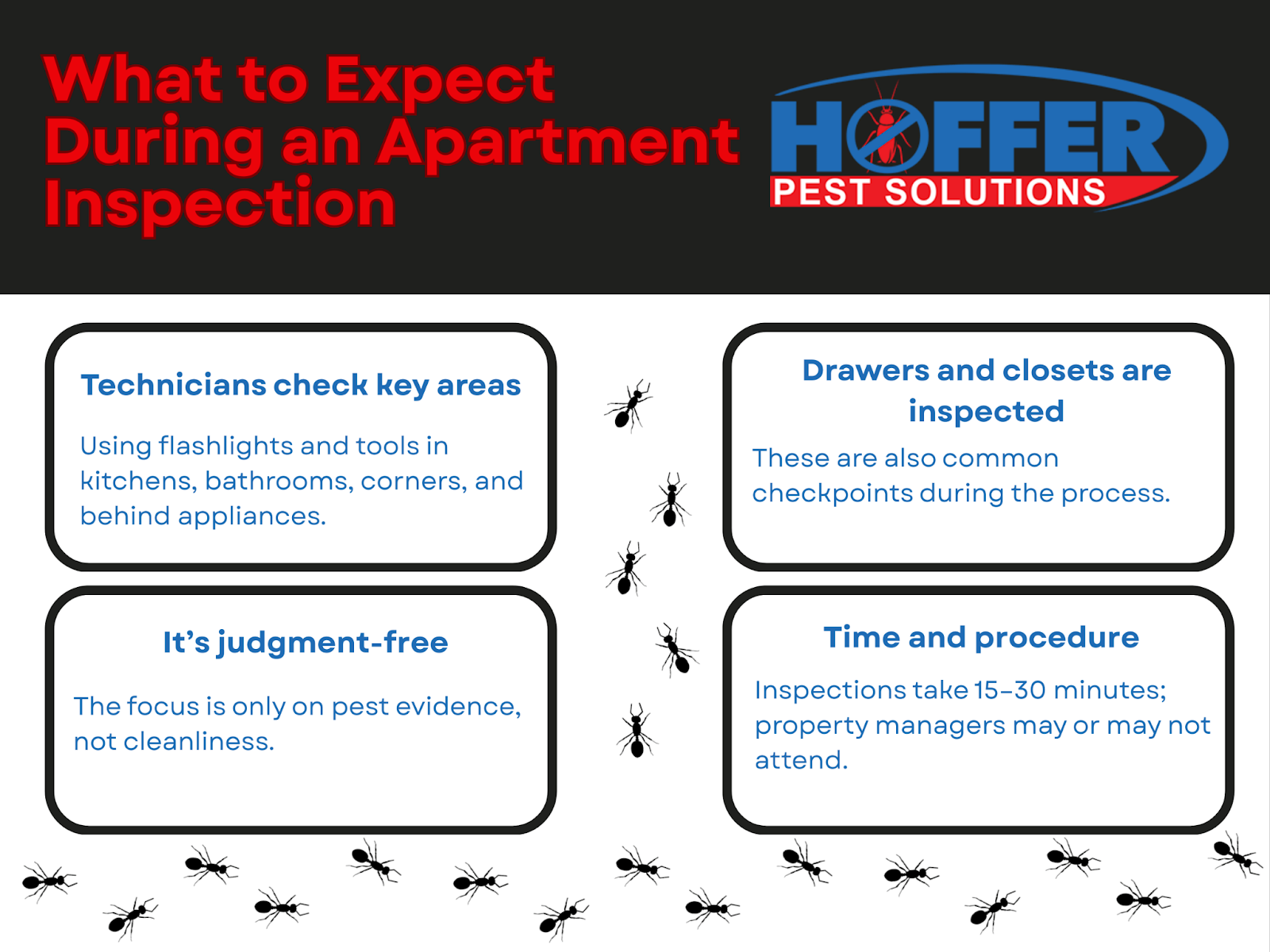
If you’ve never had pest control in your apartment before, the inspection can feel like a mystery. Here’s what actually happens: technicians use flashlights and inspection tools to check corners, bathrooms, and kitchens for signs of activity. Drawers, closets, and even behind large appliances are common checkpoints.
It’s necessary to know this is a judgment-free process. We are only looking for pest evidence. A standard inspection of a 750-square-foot one-bedroom typically takes 15–30 minutes. Sometimes property managers will accompany our technicians for accountability, but practices vary by building. Get in touch with us for more queries.
Where Do Pest Control Companies Spray in Apartments?
The biggest misconception we hear from tenants is that pest control means spraying everywhere. In reality, treatments are precise and targeted. We focus on baseboards, cabinet gaps, plumbing access points, and cracks where pests live or travel.
Depending on your property’s needs, we may also treat exterior entry points to block pests before they enter. For certain pests, specialized preparation is required. Bed bug services might involve moving furniture away from walls, while flea treatments require vacuuming and pet bedding to be cleaned beforehand.
While not every apartment in a building will show pest activity, property managers sometimes schedule treatment for all units at once. This prevents pests from simply migrating from one unit to another and ensures the problem is fully resolved.
Who Is Responsible for Pest Control in Apartments?
Responsibility can be confusing in a rental property, but in most cases, landlords are required by law to keep apartments habitable, which includes addressing infestations. If pests are caused by tenant behavior, such as leaving food out or failing to report leaks, landlords may not be responsible.
Tenants play a key role in prevention. Daily cleaning, proper food storage, and prompt reporting of leaks or structural issues all reduce the chances of infestations. On the landlord’s side, recurring treatments, sealing building entry points, and hiring licensed professionals for long-term control.
Some tenants wonder if they can refuse pest control access. While refusal is sometimes possible, it complicates shared infestations in multi-unit buildings where pests can easily spread. For this reason, cooperation between residents, property managers, and professionals is key for success.
Why Apartment Pest Control Requires More Than Just Sprays
One of the biggest myths about pest control is that it’s simply “spraying poison.” In reality, effective apartment pest control is about much more. Apartments are interconnected environments. Pests travel through plumbing lines, electrical conduits, and shared ventilation. That means a roach or mouse in one unit can quickly become a building-wide issue.
This is where exclusion becomes mandatory. Sealing gaps around plumbing, patching cracks, and repairing structural damage helps prevent pests from traveling between apartments. Moisture control is another key factor. Leaks and standing water attract cockroaches, ants, and rodents, while water-damaged wood can invite termites.
In Florida, the warm climate means pests remain active year-round, so treatments can’t be seasonal. Long-term success comes from Integrated Pest Management (IPM), which combines prevention, exclusion, sanitation, and minimal chemical use to keep infestations under control.
Florida’s Most Common Apartment Pests
Apartments in South Florida face unique pest pressures. The most frequent culprits include:
Cockroaches
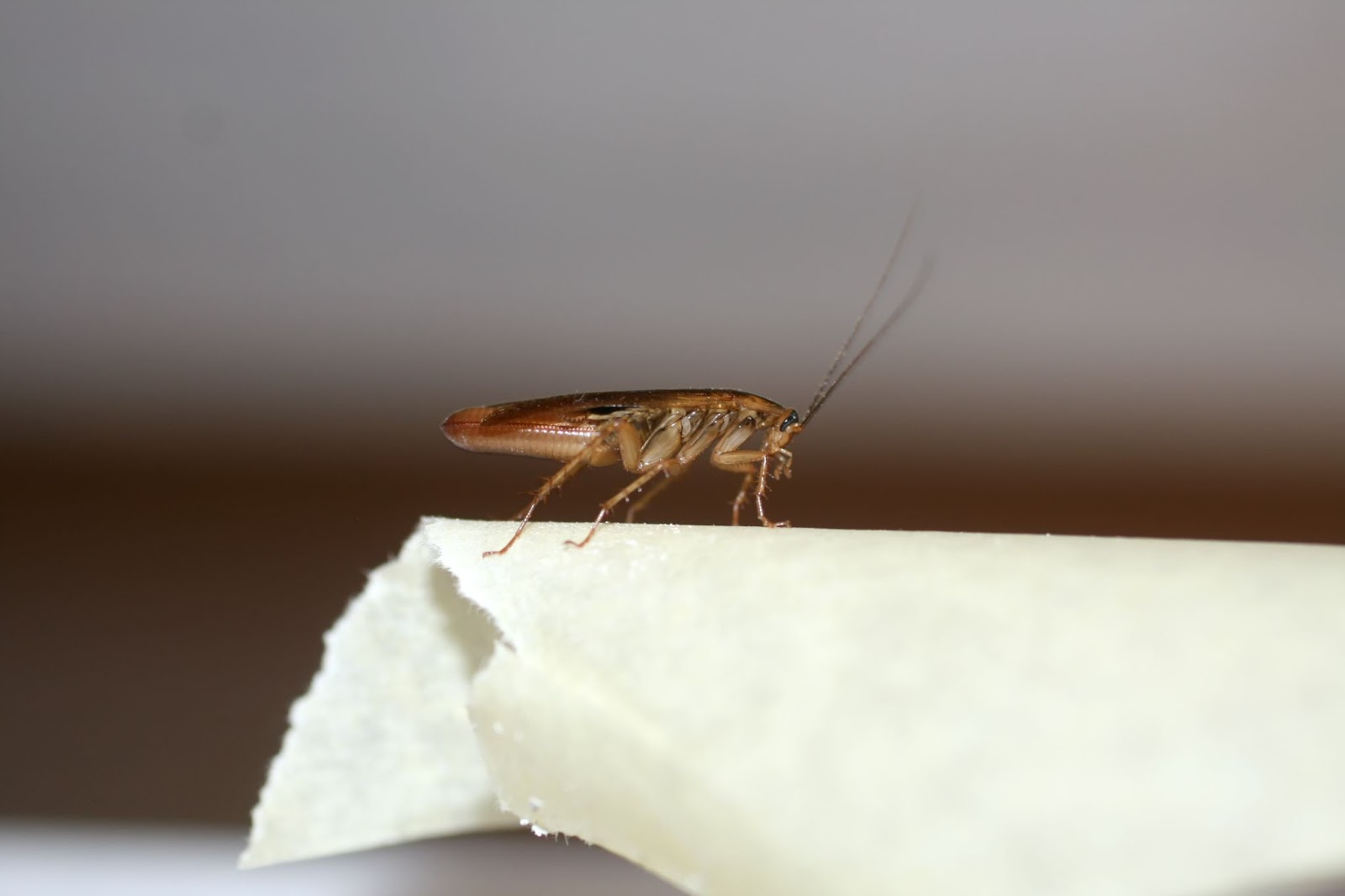
Often found in kitchens and bathrooms, roaches thrive in damp, dark spaces and spread quickly through plumbing.
Ants
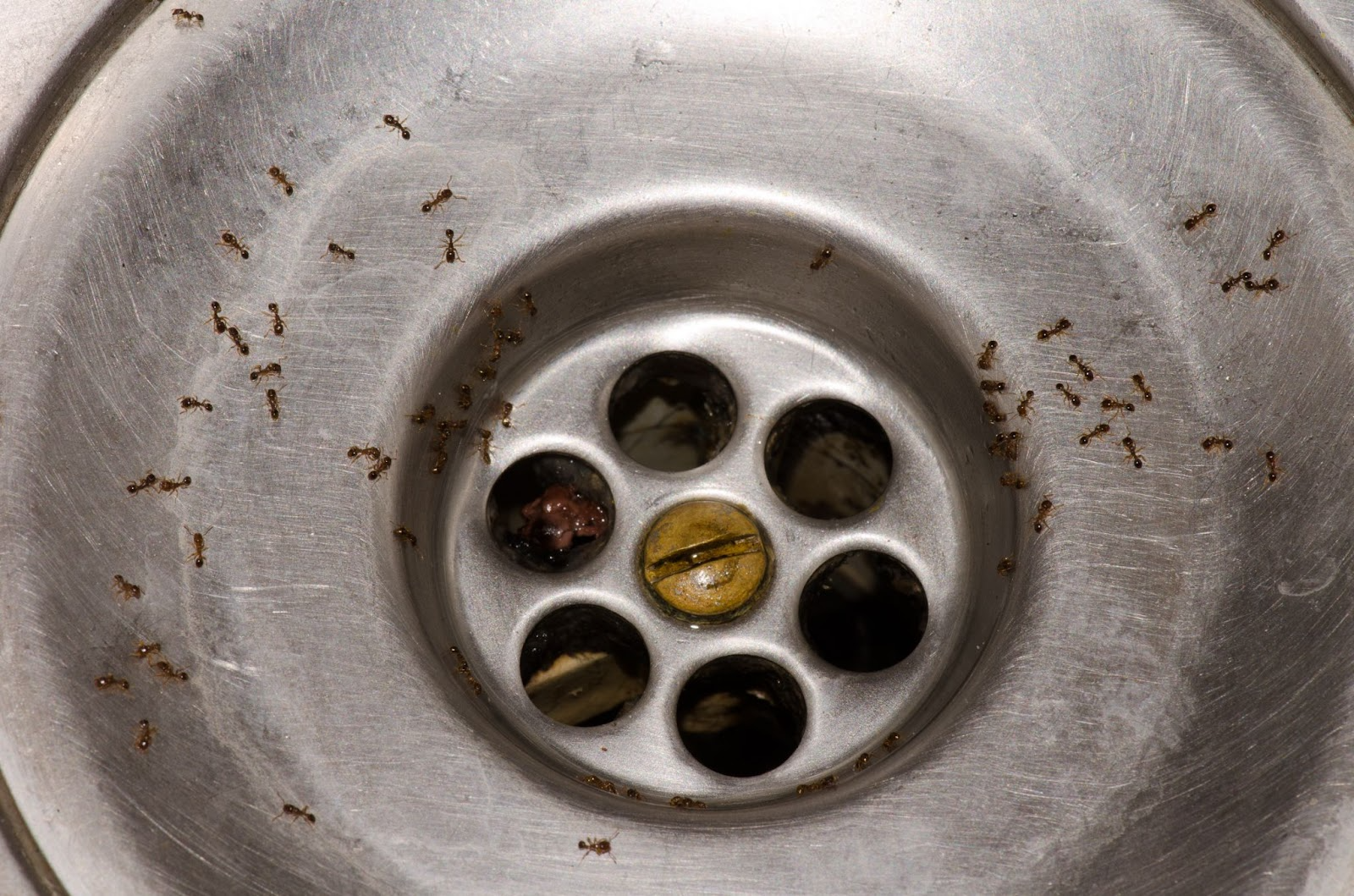
Ghost ants, carpenter ants, and pharaoh ants are especially troublesome here, nesting in walls and traveling in long trails through shared spaces.
Rodents
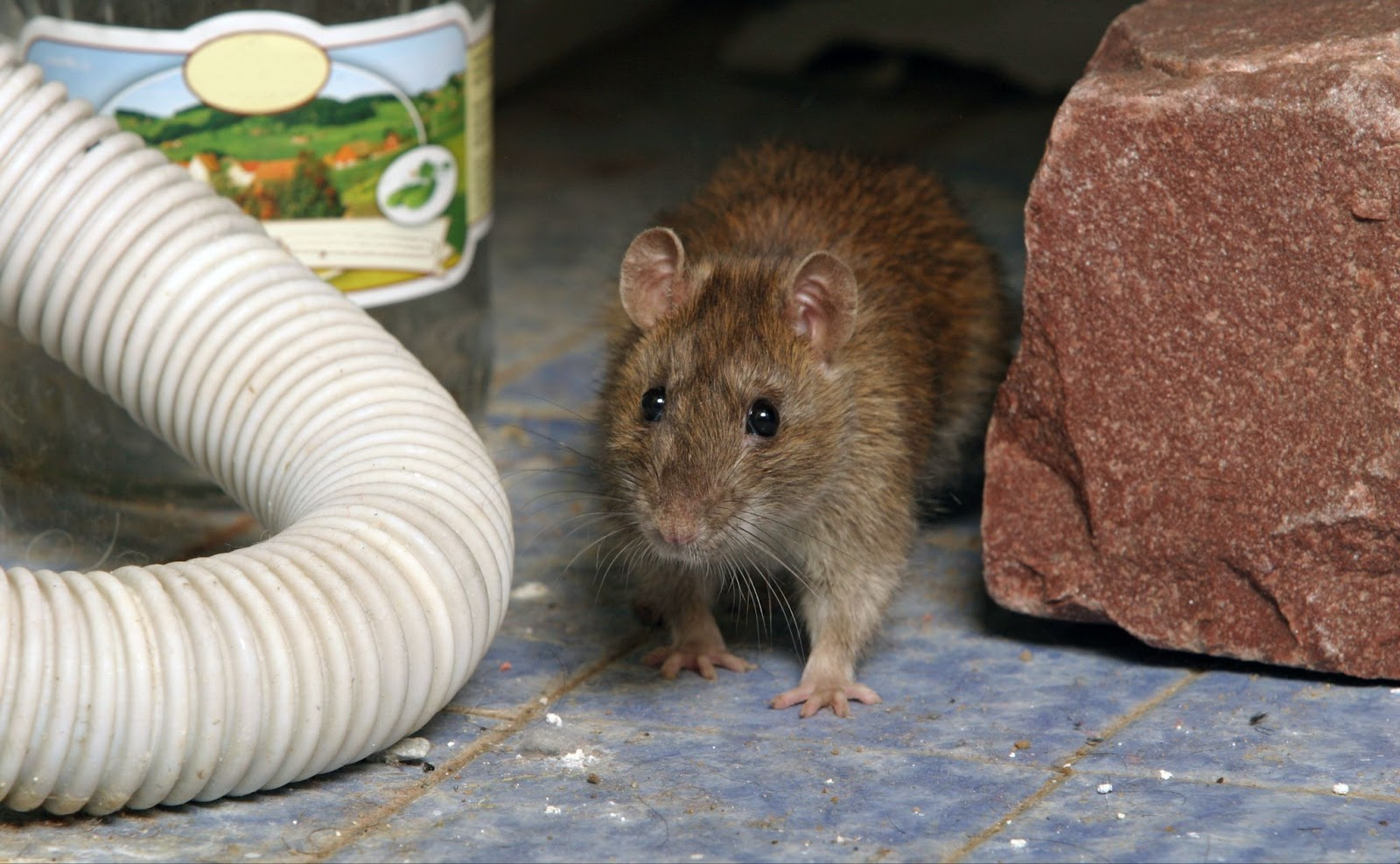
Rats and mice use plumbing entry points and small structural gaps to move between units, contaminating food and causing damage.
Bed Bugs
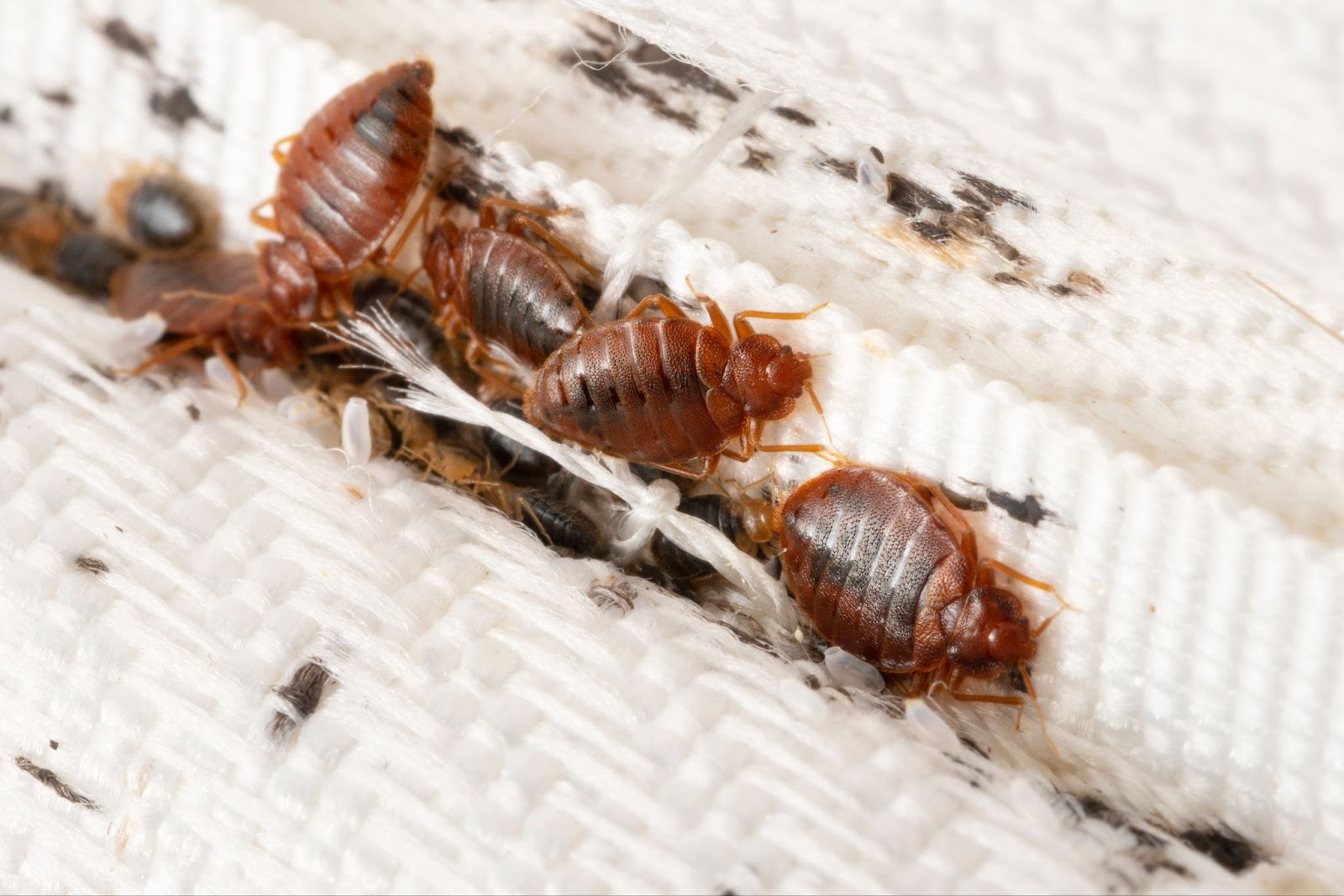
These pests spread rapidly from unit to unit, hiding in furniture and wall voids, and can require building-wide treatment.
Spiders
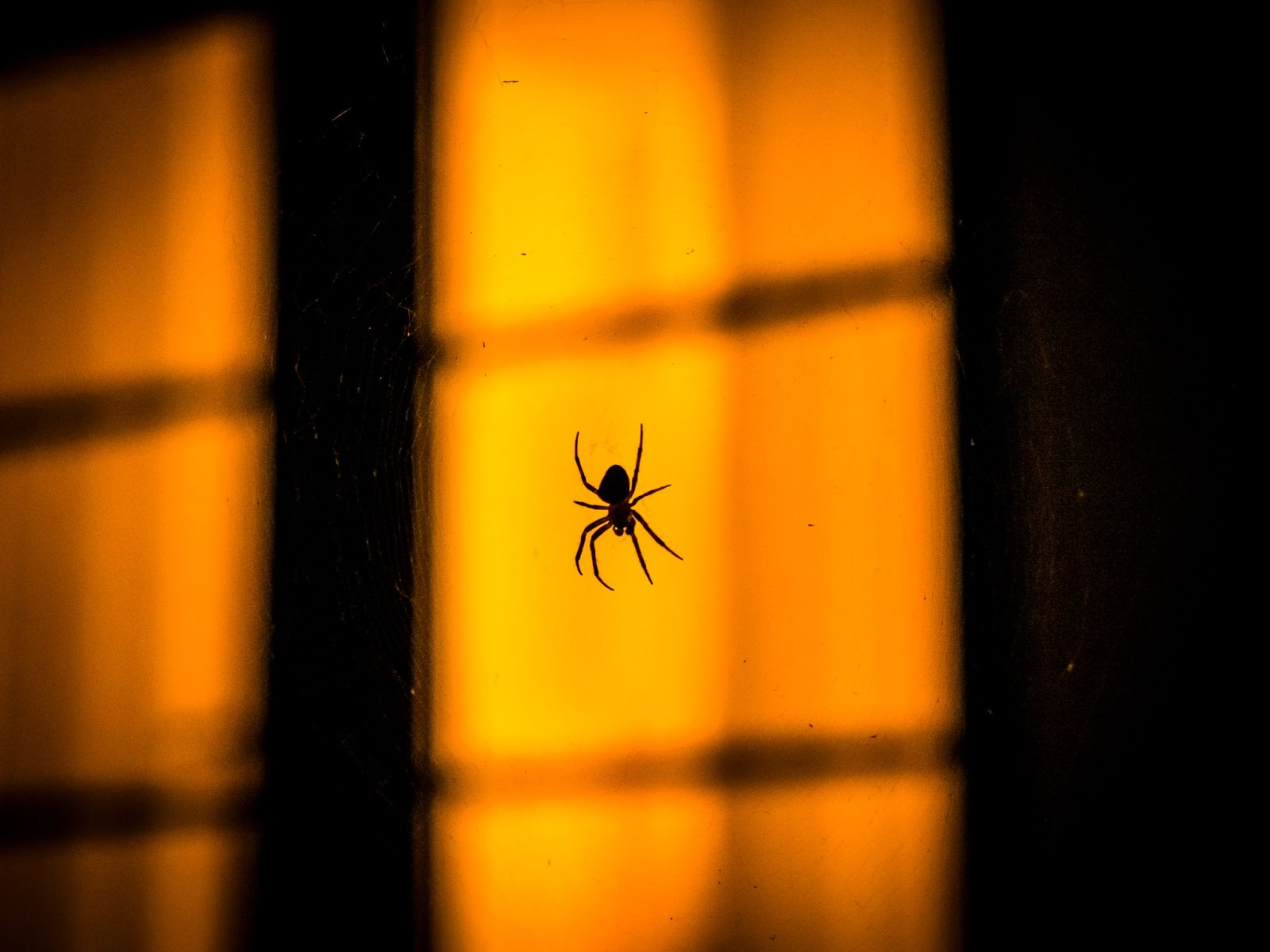
While mostly a nuisance, they are common in Florida apartments, especially in corners and undisturbed areas.
Knowing which pests are most common in our area allows us to tailor treatments that address the specific threats residents face. Contact Hoffer Pest Solutions for inspection.
How to Prepare Your Apartment for Pest Control
Preparation is key to ensuring treatments are effective. Before service, tenants should:
- Seal and store food in airtight containers.
- Move furniture away from walls when advised, especially for bed bug or cockroach services.
- Vacuum carpets, clean counters, and remove clutter so technicians can access problem areas.
- Remove or cover pets and aquariums to keep them safe.
After treatment, apartments should be ventilated by opening windows or running fans. It’s significant not to immediately clean treated baseboards or cracks, as this may reduce the effectiveness of the application. Following the technician’s instructions helps maximize results.
Building-Wide Pest Control Strategies
To truly eliminate an infestation, management often coordinates treatments across the entire building. While some tenants may find this invasive, it prevents pests from simply relocating to untreated units.
Communication is key. Property managers should notify tenants in advance, explain what preparation is required, and make sure residents know what to expect during and after treatment. Regular inspections of shared areas like hallways, basements, and laundry rooms also help catch infestations early.
Preventive treatments every quarter, or every two months for high-pressure buildings, are often recommended. This proactive approach reduces emergencies and provides residents with consistent peace of mind.
Why Work With Hoffer Pest Solutions

Hoffer Pest Solutions has been protecting South Florida families for over 40 years. As a family-owned business rooted in our community, we understand the unique challenges of Florida’s year-round pest pressures.
Here’s what sets us apart:
- Local expertise: Our technicians know Florida pests inside and out.
- Eco-friendly methods: Safer for families, pets, and the environment.
- Exclusion focus: We don’t just spray; we seal entry points and help prevent re-infestation.
- Same-day service: If you call before noon, we can often be there that very day.
- Proven trust: With hundreds of five-star reviews, our reputation speaks for itself.
Whether you’re dealing with cockroaches, ants, rodents, or bed bugs, our team responds quickly and provides lasting solutions.
Take Action Today
Pests in apartments threaten your comfort, health, and peace of mind. If you’re struggling with roaches in the kitchen, ants trailing through your living room, or bed bugs keeping you up at night, don’t wait.
We treat every apartment as if it were our own. Our team works closely with residents and property managers to deliver safe, effective solutions tailored to Florida living. Whether you need same-day service for a sudden infestation or long-term protection to keep your building pest-free, we’re here to help.
Protect your home, your family, and your investment with trusted technicians. Call us today for a free estimate and experience the peace of mind that comes from knowing you’re protected by South Florida’s most reliable pest control professionals.
FAQ
How long does an apartment pest control treatment take?
Most routine treatments inside an apartment take 15–20 minutes. Severe infestations or specialized treatments, such as for bed bugs, may take longer or require multiple visits.
Do exterminators spray everywhere in my apartment?
No. Treatments are targeted to baseboards, cracks, crevices, and entry points. Professionals focus only on areas where pests live or travel, not on open surfaces or personal belongings.
Is pest control safe for pets and children?
Yes, when performed by licensed professionals. Pets should be removed or aquariums covered during treatment. Sensitive residents such as children or those with respiratory issues may be advised to stay out for several hours.
Can I refuse pest control in my apartment?
Tenants may refuse treatment, but in multi-unit buildings this can make infestations harder to manage. Property managers may require cooperation when pests threaten multiple units.
Do all apartments in a building get treated at once?
Sometimes yes. In cases of widespread infestations, property managers often schedule building-wide treatments to prevent pests from moving from treated units into untreated ones.


